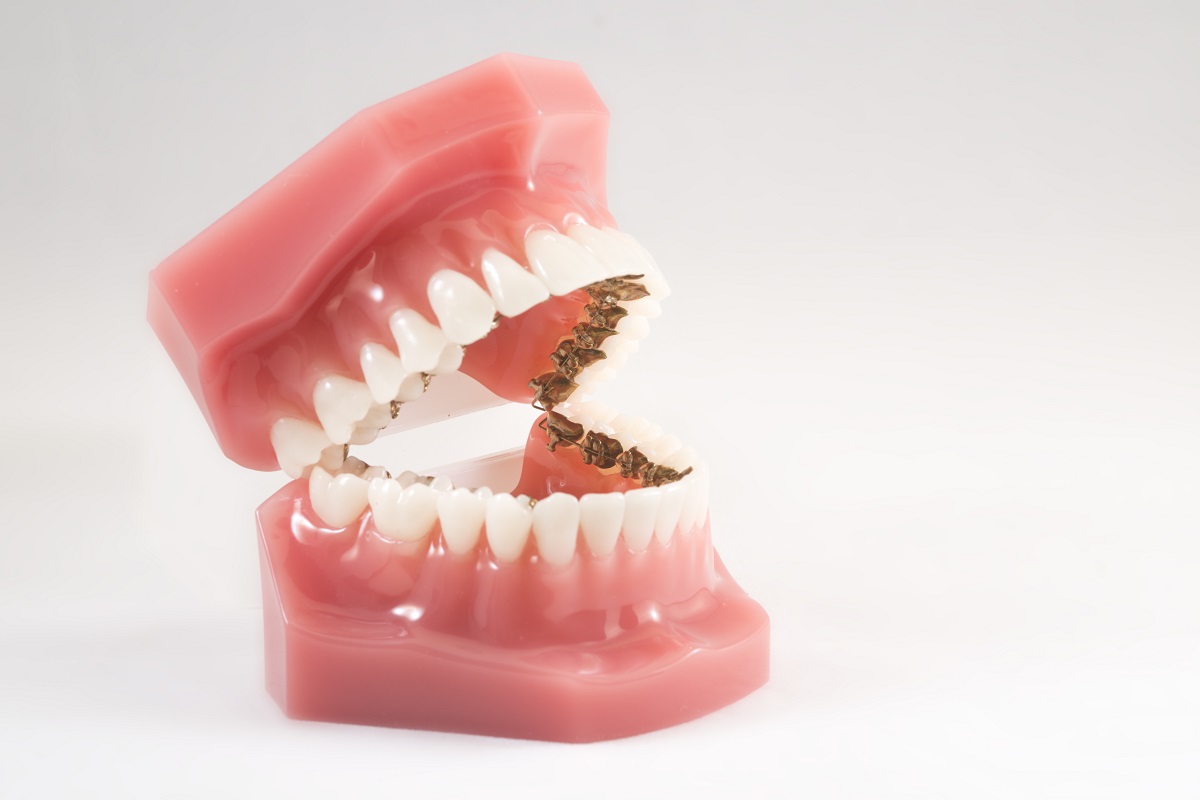Orthodontic conditions are quite common. They arise from a certain type of misalignment of the teeth. They vary in severity, and can range from only aesthetic impairment to having a seriously negative impact on one’s quality of life. If serious cases are left untreated, they can result in severe, sometimes even untreatable complications. Mild cases left untreated over time can progress into more severe cases. Therefore it is important that if you suspect to have any orthodontic condition, or can visibly observe some type of misalignment in your teeth, contact your dentist as soon as possible to evaluate the type of condition you have and the type of treatment you require.
As modern technology has advanced, it has allowed for the invention of newer orthodontic treatment methods. These have various benefits to not just oral hygiene but to overall health, as you will see below. Historically, orthodontics have been associated with invasive, highly visible treatments, metal braces, or headpieces that have to be worn for a long period of time to achieve the desired results. Recent technologies however are much less visible and look way less worrying, and take much less time to achieve visible results. Getting 6 Month Smiles in Northern Ireland can help you to achieve clearly visible results in just 6-10 months! This is a significant reduction in comparison to the time taken by previous orthodontic treatment methods.
What types of orthodontic conditions exist?

A wide variety of orthodontic conditions exist. These can affect people of any age, however they are mostly already observable in childhood or early adolescence. Underbites refer to a condition where the lower jaw’s front teeth are in front of the upper jaw’s front teeth. Overbites mean the opposite: in this condition the upper jaw’s front teeth are in front of the lower jaw’s front teeth, which in severe cases can result in patients biting the roof of their mouth.
Crossbites refer to a condition where one of the teeth has either a more buccal or lingual position in comparison to its antagonist tooth in the opposing arch of teeth. This condition in the long run can result in asymmetric jaw development. Openbite refers to a condition where the front teeth of the upper dental arch and the lower dental arch do not overlap. This can result in undesirable habits, e.g. the thrusting of the tongue. Other types of orthodontic conditions exist too, such as protrusions, overcrowding of teeth, or misaligned dental baselines. Different types of treatments are suitable for different conditions.
What can be treated with invisible aligners?
A wide range of orthodontic conditions can be treated by the 6 Month Smiles invisible aligners you can get in Northern Ireland. Generally the invisible aligner treatment is suitable for milder or moderate conditions. It has numerous benefits: improved confidence, no metal in the mouth, decreased treatment time, flexibility through removability, improved appearance, improved hygiene. However in some severe cases invisible aligners cannot be used. In these instances clear braces are advised for patients who require tooth straightening but would like to avoid having visible metal braces in their mouth. Clear braces have no limitations in the conditions they are capable of treating in comparison to the traditional metal braces.



















